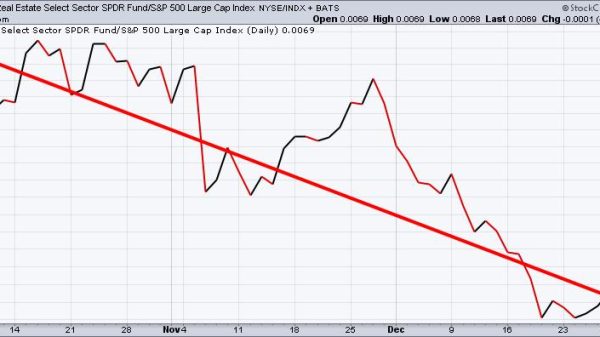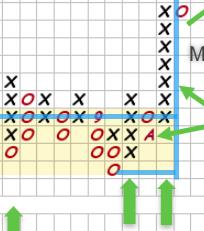Recorded by the Mises Institute in the mid-1980s, The Mises Report provided radio commentary from leading non-interventionists, economists, and political scientists. In this program, we present another part of “Ten Great Economic Myths”. This material was prepared by Murray N. Rothbard.
The public memory is short. We forget that, from the beginning of the Industrial Revolution in the mid-18th century until the beginning of World War II, prices generally went down, year after year. That’s because continually increasing productivity and output of goods generated by free markets caused prices to fall. There was no depression, however, because costs fell along with selling prices. Usually, wage rates remained constant while the cost of living fell, so that “real” wages, or everyone’s standard of living, rose steadily.
Virtually the only time when prices rose over those two centuries were periods of war (War of 1812, Civil War, World War I), when the warring governments inflated the money supply so heavily to pay for the war as to more than offset continuing gains in productivity.
We can see how free market capitalism, unburdened by governmental or central bank inflation, works if we look at what has happened in the last few years to the prices of computers. A computer used to have to be enormous, costing millions of dollars. Now, in a remarkable surge of productivity brought about by the microchip revolution, computers are falling in price even as I write. Computer firms are successful despite the falling prices because their costs have been falling, and productivity rising. In fact, these falling costs and prices have enabled them to tap a mass market characteristic of the dynamic growth of free market capitalism. “Deflation” has brought no disaster to this industry.
The same is true of other high-growth industries, such as electronic calculators, plastics, TV sets, and VCRs. Deflation, far from bringing catastrophe, is the hallmark of sound and dynamic economic growth.
For more episodes, visit Mises.org/MisesReport






















